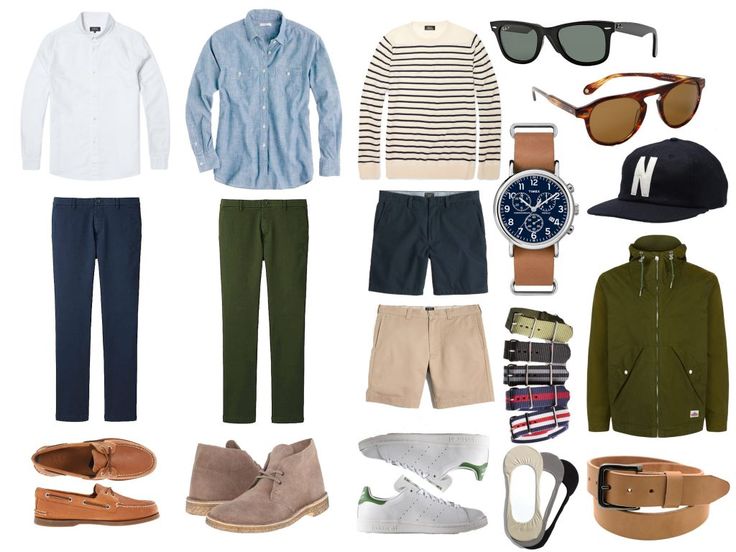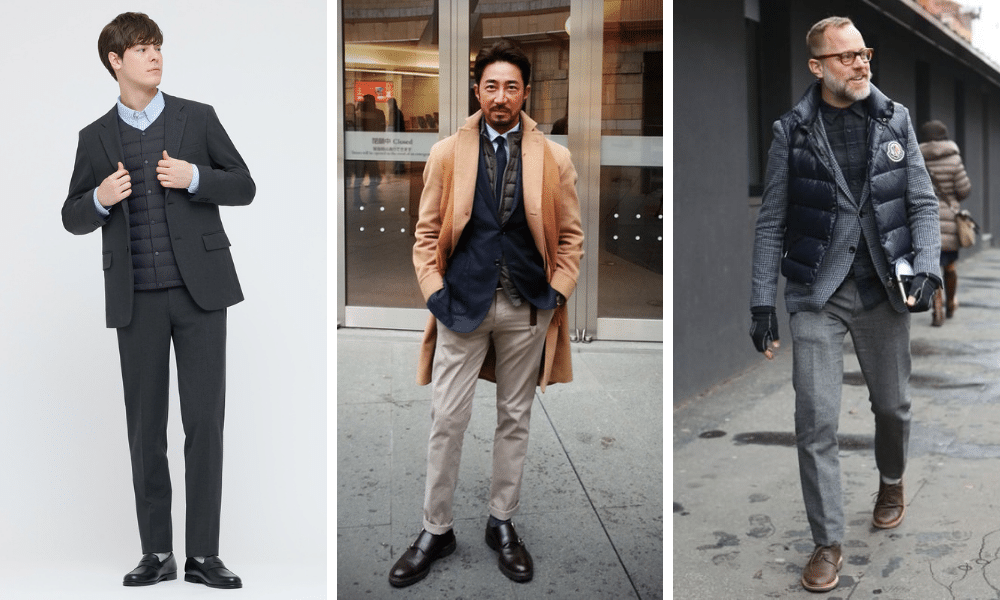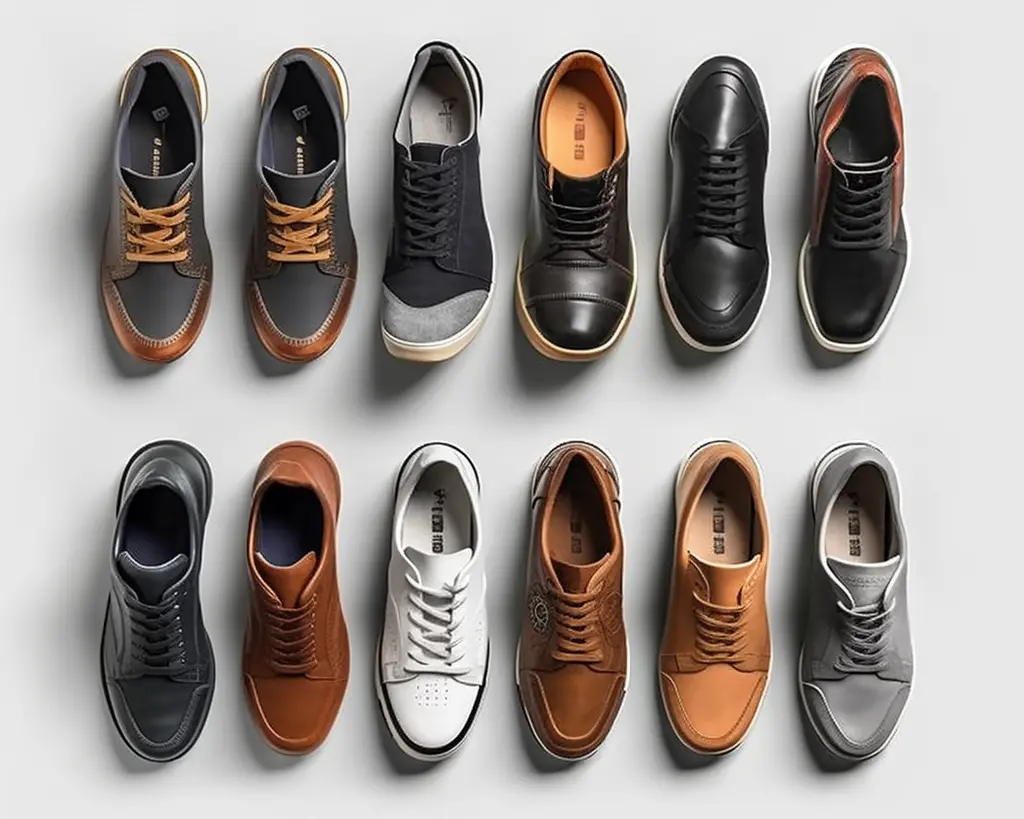Fashion is not just about clothes; it’s an expression of personality, a reflection of how you see yourself and want others to see you. In men’s fashion, essentials go beyond the basics to create a foundation that supports style, comfort, and confidence. This ultimate guide covers everything you need to go from laid-back to polished looks for every occasion, helping you curate a wardrobe that’s as versatile as it is timeless.
Understanding Men’s Fashion Essentials
Men’s fashion essentials serve as the building blocks for creating a variety of outfits that suit different settings. Knowing these essentials allows you to mix and match effectively without sacrificing style. Key essentials include versatile pieces like quality t-shirts, well-fitting jeans, blazers, suits, and accessories that add personality to your look. Building a wardrobe that transitions seamlessly from casual to formal is all about choosing adaptable, timeless items.
Casual Wear: Laid-Back Looks for Everyday Comfort

Casual wear is the go-to style for relaxation, weekends, and informal gatherings. Focus on comfortable pieces that look good without too much effort.
- T-Shirts: Opt for high-quality cotton t-shirts in neutral colors like white, black, and gray. These work well on their own or layered under jackets.
- Polo Shirts: With their collar and slightly structured fit, polos elevate casual outfits while remaining comfortable.
- Jeans: Dark-wash jeans are versatile and suitable for casual outings. Slim-fit jeans offer a modern look but should fit comfortably without being too tight.
- Chinos: Chinos are ideal for those days when you want a step up from jeans. They pair well with casual shirts, polos, and even blazers.
- Casual Footwear: Invest in a few pairs of sneakers and loafers. White sneakers are classic and work with almost anything, while loafers add a touch of sophistication.
Smart Casual: Stepping Up Your Style

Smart casual combines comfort with an elevated style suitable for many social gatherings and semi-formal events.
- Blazers and Jackets: A well-fitted blazer adds polish to a casual outfit. Look for neutral colors like navy or gray that match multiple outfits.
- Sweaters and Cardigans: These are great layering pieces that can transform an outfit into something refined and cozy.
- Button-Down Shirts: A button-down in a solid color or subtle pattern can be dressed up or down. Try pairing it with jeans and a blazer for a polished look.
Business Casual: The Perfect Balance

Business casual is often the standard in modern workplaces, combining elements of formal and casual attire for a balanced, professional look.
- Dress Shirts: Invest in a variety of dress shirts in neutral colors like white, blue, and light gray. Patterns like pinstripes can add a little interest.
- Trousers and Chinos: These are essential for a business casual wardrobe. Aim for trousers in dark colors, as they’re versatile and professional-looking.
- Shoes: Opt for brogues, oxfords, or loafers that can work with both dress pants and chinos. Keep them polished for a professional appearance.
Formal Wear: Dressing for the Occasion

Formal wear is about refinement and confidence. Whether for a wedding, business event, or formal dinner, these essentials will keep you looking sharp.
- The Suit: A well-fitted suit is an absolute must. Navy or charcoal gray are versatile choices that work for most formal occasions.
- Dress Shirts and Ties: White and light blue dress shirts are staples for formal wear. Choose a few quality ties in classic patterns to add character.
- Accessories: Pocket squares, cufflinks, and a tie bar can add a touch of elegance. Always match accessories to the outfit for a cohesive look.
Seasonal Essentials: Staying Stylish Year-Round

Fashion adapts with the seasons, so having key pieces for each season helps you stay comfortable and stylish no matter the weather.
- Summer Essentials: Light fabrics like linen and cotton are ideal for hot weather. Opt for short-sleeve shirts, breathable shorts, and light-colored chinos.
- Fall and Winter Essentials: Layering is key, so have sweaters, scarves, and jackets that complement each other.
- Spring Essentials: As the weather changes, light jackets, and transitional pieces like cardigans come in handy.
Outerwear: Key Pieces to Own

Outerwear can add depth to an outfit and is often a defining feature of men’s fashion.
- Trench Coats and Overcoats: Ideal for formal outfits and cooler weather. A classic camel or navy trench coat is versatile and timeless.
- Denim and Leather Jackets: These are essential for casual wear, adding personality and edge to an outfit.
- Raincoats: Functional and stylish, a raincoat is perfect for unpredictable weather. Choose neutral colors for versatility.
Footwear Essentials for Every Occasion

Shoes can elevate an outfit instantly. It’s essential to have a few reliable options for various occasions.
- Sneakers: White sneakers work well with casual and smart casual outfits. Aim for minimalist designs.
- Loafers: Ideal for both smart casual and business casual settings.
- Dress Shoes: Oxfords, derbies, and monk straps add formality and polish to suits and dress trousers.
- Boots: Chelsea boots and chukkas are great all-year-round choices, pairing well with jeans and chinos.
Accessories: Adding Personality to Your Look

Accessories enhance your outfit and allow you to add a personal touch.
- Watches: A classic watch adds sophistication. Opt for a metal or leather strap for versatility.
- Belts: Match your belt with your shoes for a cohesive look.
- Sunglasses and Hats: These add flair, especially in summer. Look for frames that suit your face shape for sunglasses, and consider a stylish fedora or cap.
Color Coordination and Patterns

Color coordination is a skill that can make any outfit look polished. Knowing how to mix patterns adds another layer of style.
- Color Matching: Stick to complementary colors, and avoid combining too many bright shades in one outfit.
- Patterns: Subtle patterns like checks or pinstripes work well in professional settings. Bold patterns are best reserved for casual wear.
Understanding Fabrics and Materials

Fabrics determine comfort, durability, and appearance. Knowing how to choose and care for fabrics will keep your wardrobe looking new.
- Common Fabrics: Cotton, wool, linen, and polyester are staples. Wool is best for cold weather, while cotton and linen are breathable and great for summer.
- Care Tips: Always read labels, use gentle detergents, and avoid high-heat drying to extend the life of your clothing.
Grooming Essentials for a Polished Look

Grooming complements your outfit and shows attention to detail, which is key to looking refined.
- Hair Care: A clean, styled haircut can transform your appearance. Choose products based on your hair type to maintain a polished look.
- Skincare: A daily skincare routine helps keep skin healthy and vibrant. Opt for gentle cleansers and moisturizers.
- Fragrance: Choose a cologne that suits your style and personality. Subtle scents are ideal for day-to-day wear, while bolder choices can make a statement.
Building a Wardrobe on a Budget

Creating a versatile wardrobe doesn’t require a huge budget. Strategic shopping allows you to prioritize quality without overspending.
- Focus on Basics: Invest in timeless, versatile pieces that you can wear in various ways.
- Look for Deals: Shop during sales, and prioritize quality over quantity. Many online retailers offer discounts if you know when to look.
- Prioritize Quality: Well-made basics last longer and look better over time than fast fashion items.
Conclusion
Men’s fashion is a journey of self-expression. With the right essentials, you can build a wardrobe that’s ready for any occasion, from relaxed weekends to formal events. Start with these fundamentals, and let your style evolve as you find what best represents your personality.
FAQs
- How do I start building a wardrobe from scratch?
Begin with basics like a few quality t-shirts, a blazer, a pair of jeans, chinos, and a good pair of sneakers. - What’s the difference between business casual and smart casual?
Business casual is more professional, typically involving dress shirts and chinos, while smart casual includes relaxed, polished items like blazers with jeans. - How can I transition from casual to smart casual easily?
Add a blazer or a quality button-down shirt to your casual outfit. - What’s the best way to care for different fabrics?
Follow label instructions, use gentle detergents, and avoid high-heat drying. - How can I keep up with changing fashion trends?
Stick to timeless pieces, and occasionally incorporate trendy items to stay current.





